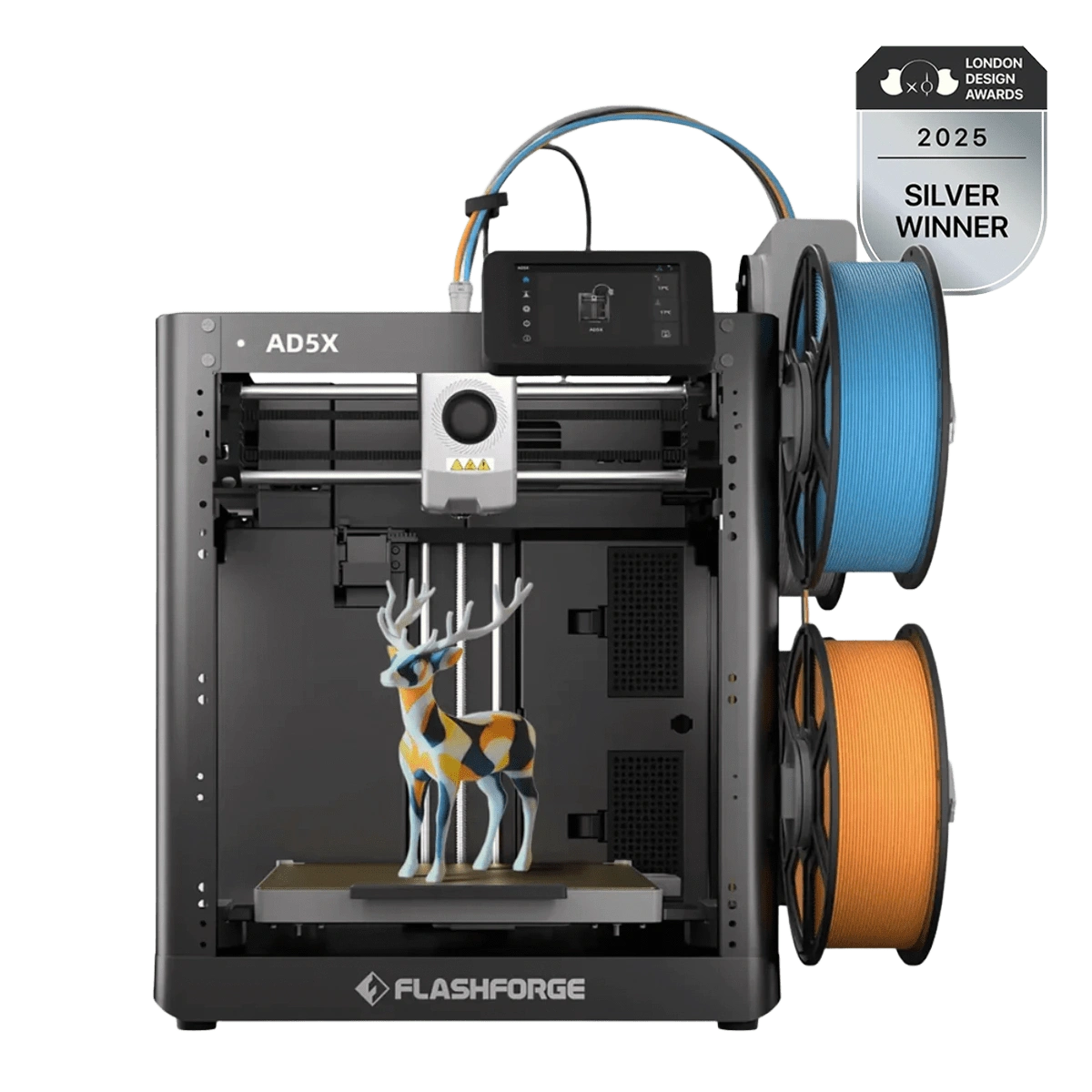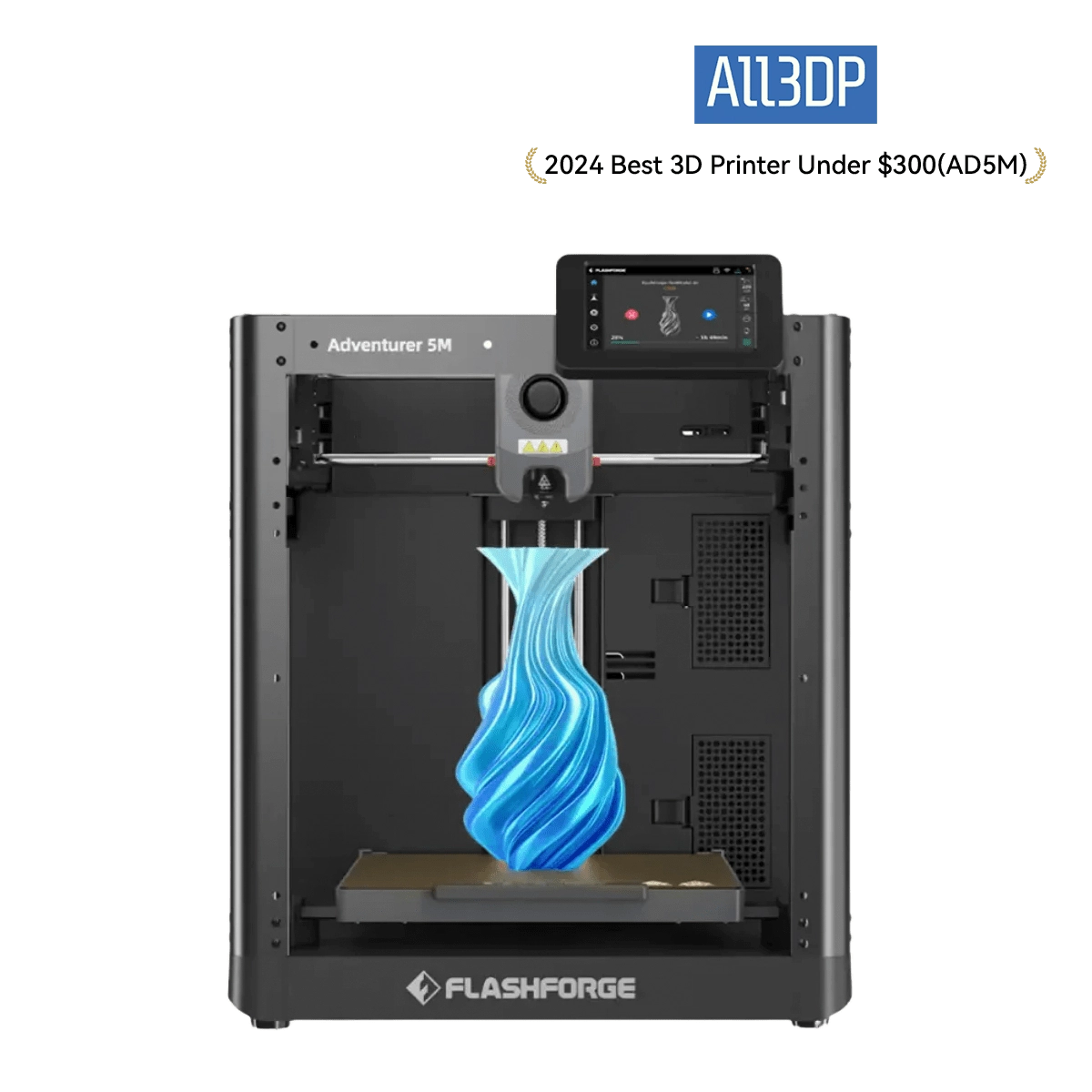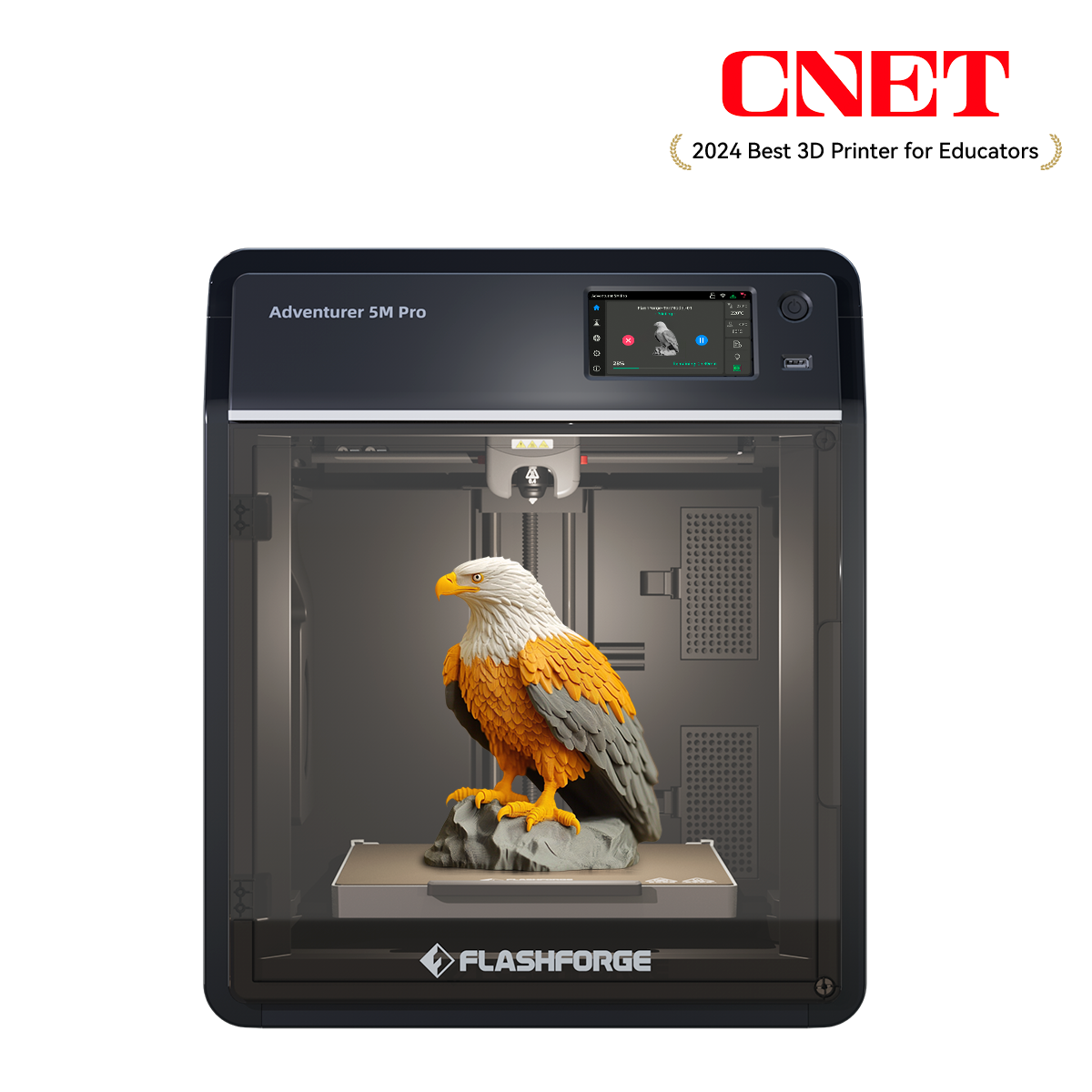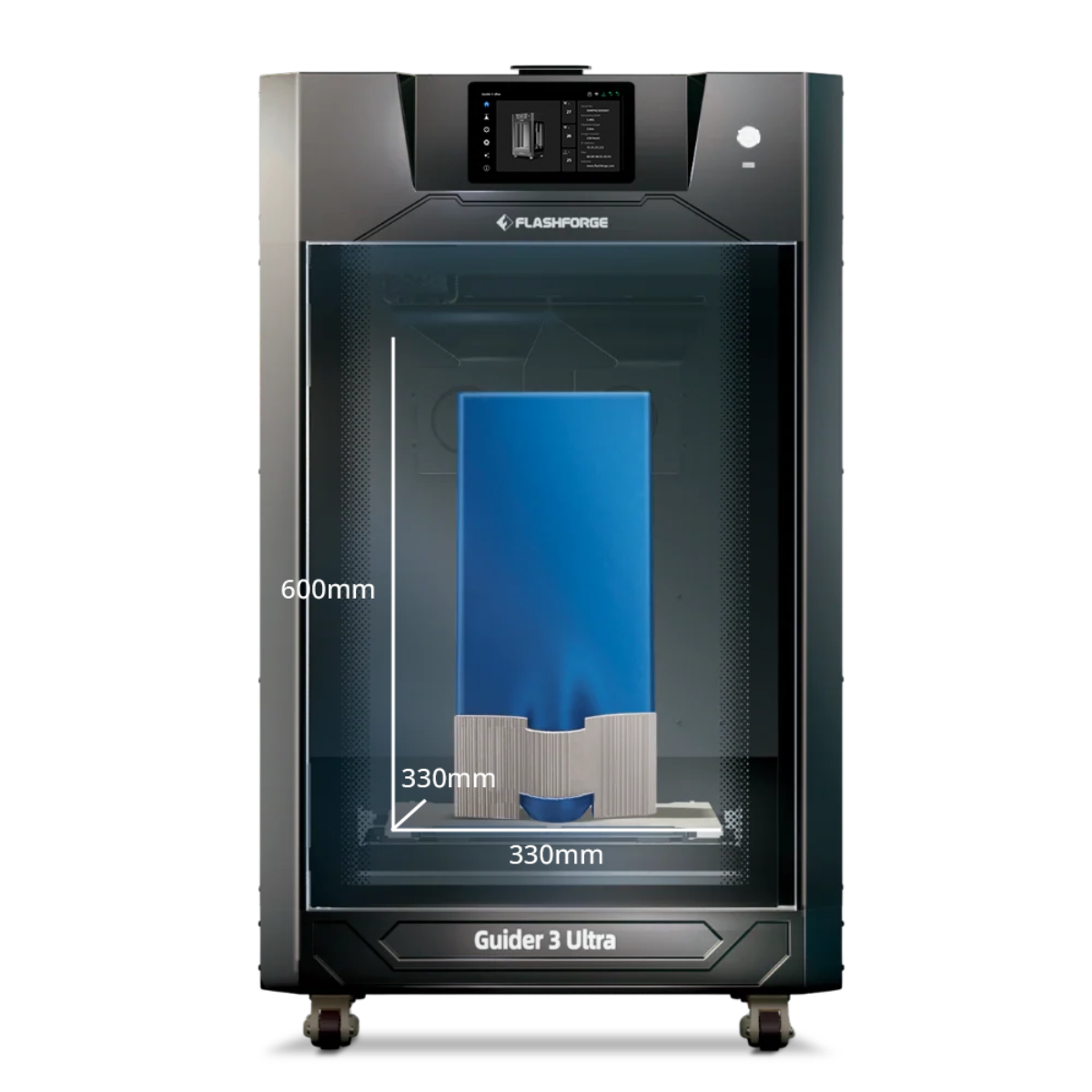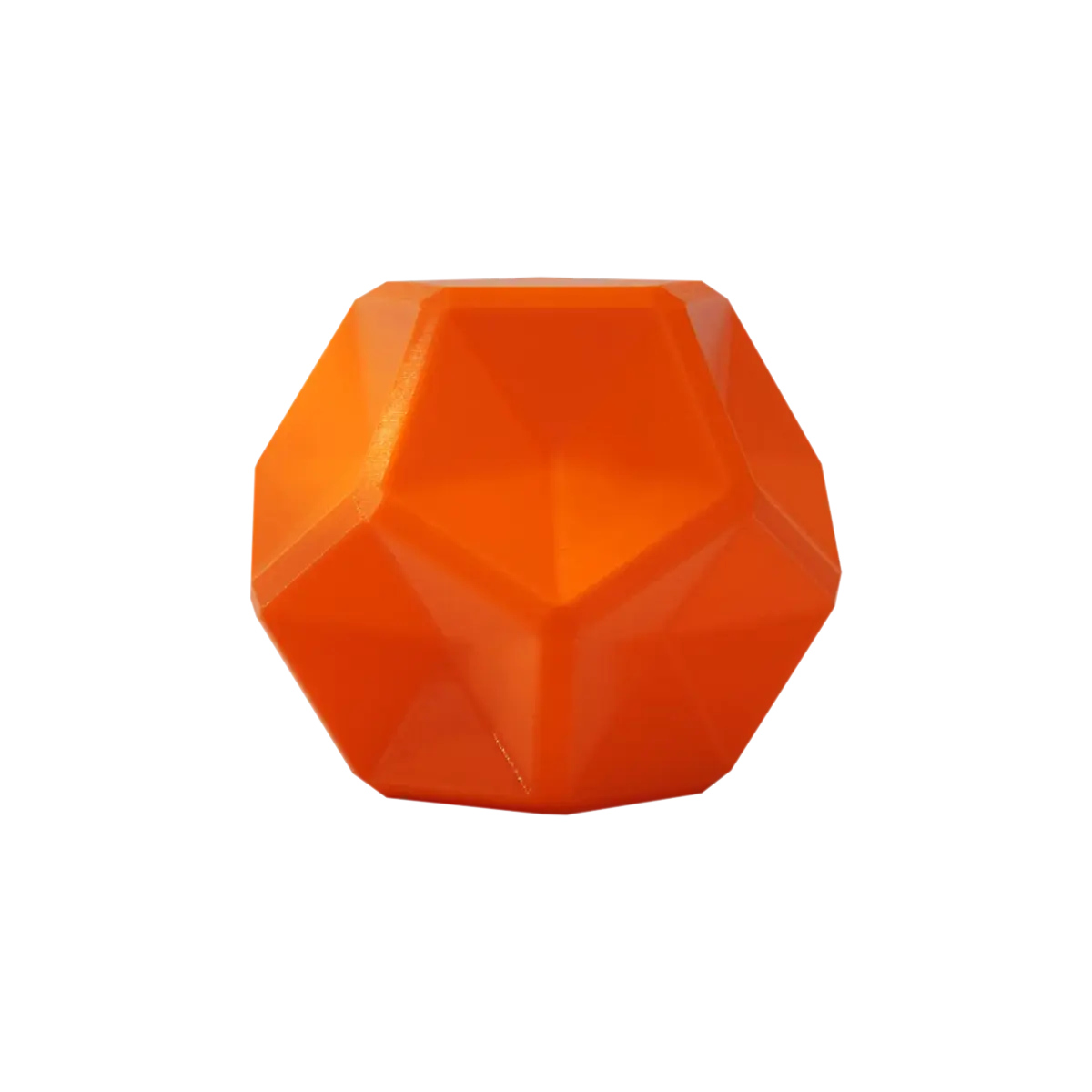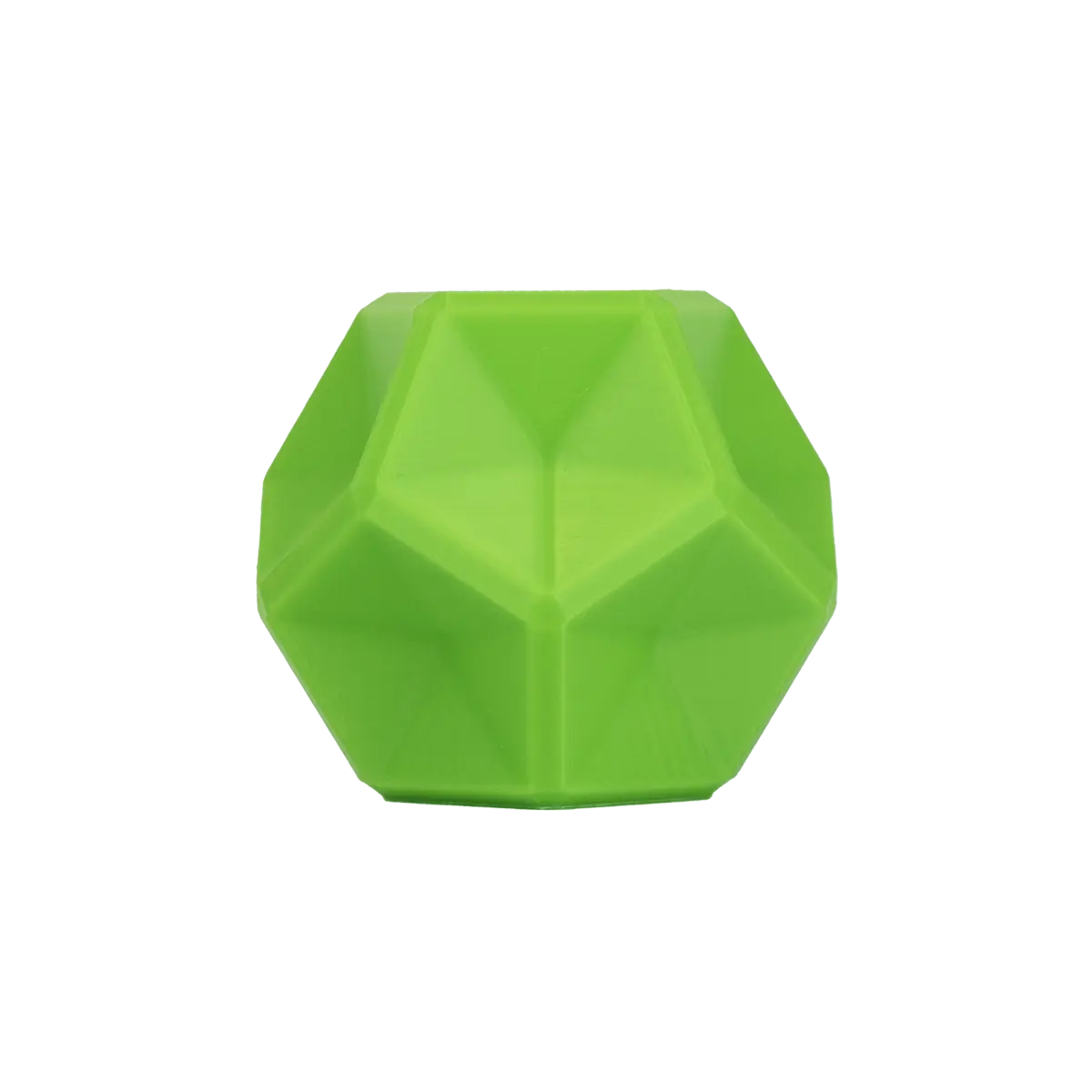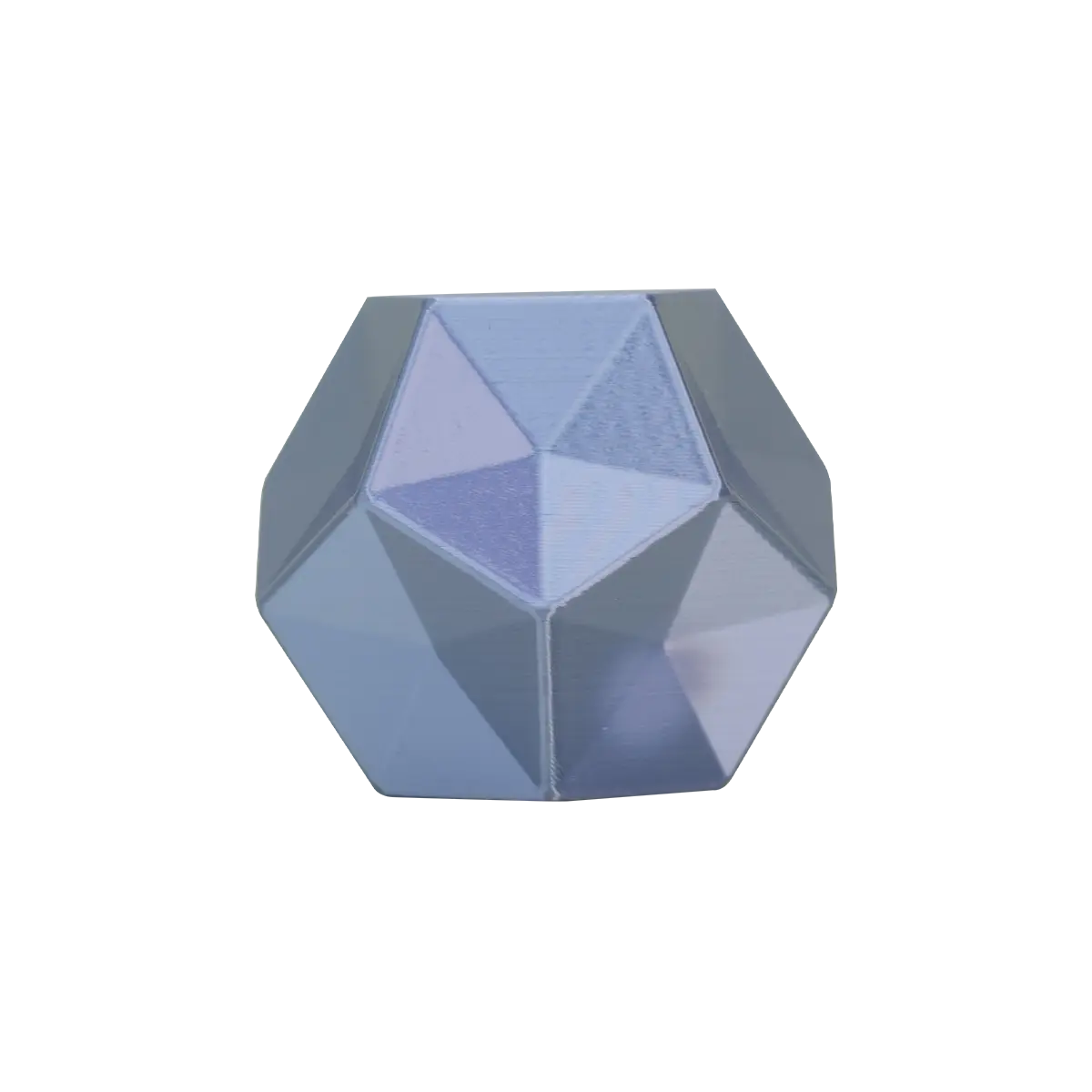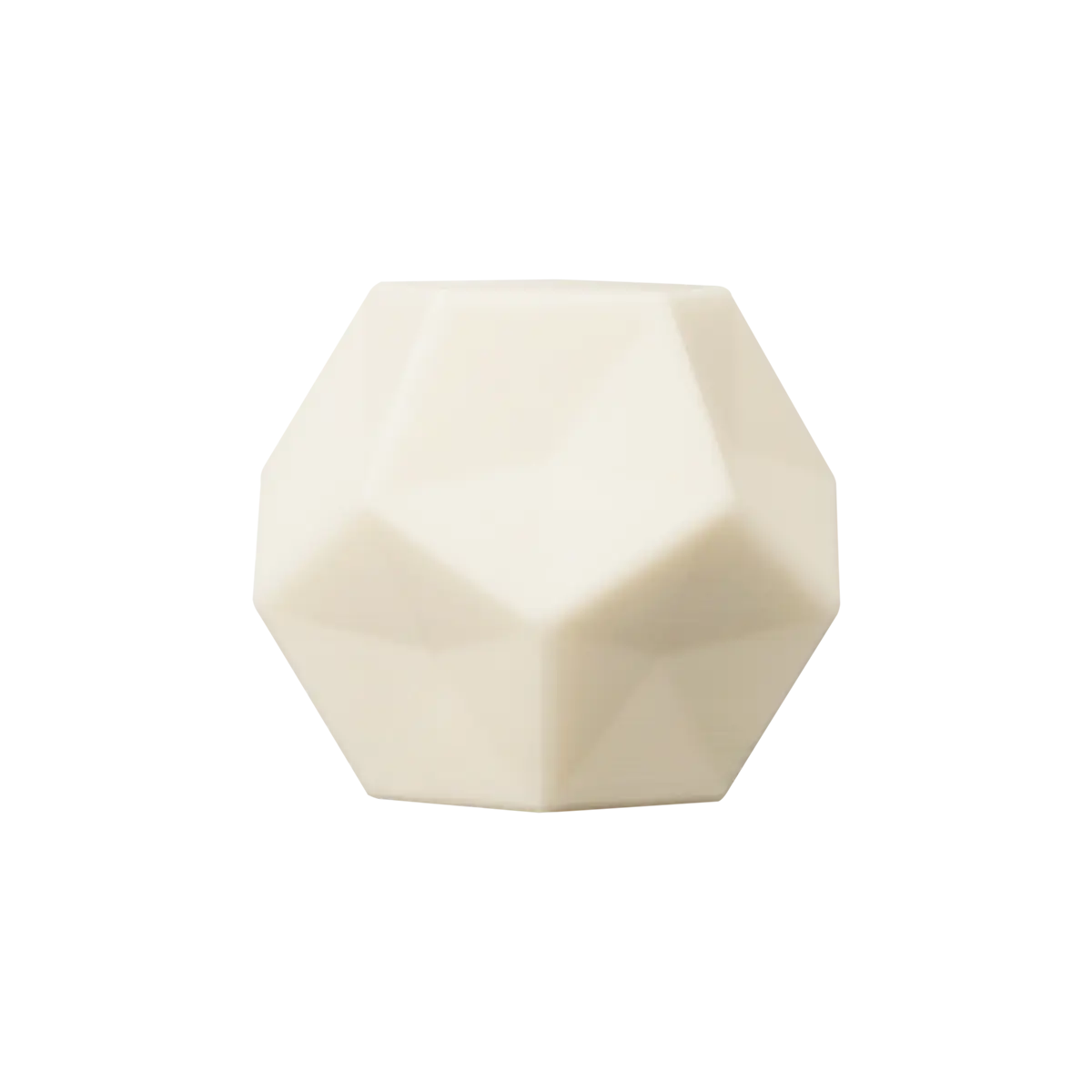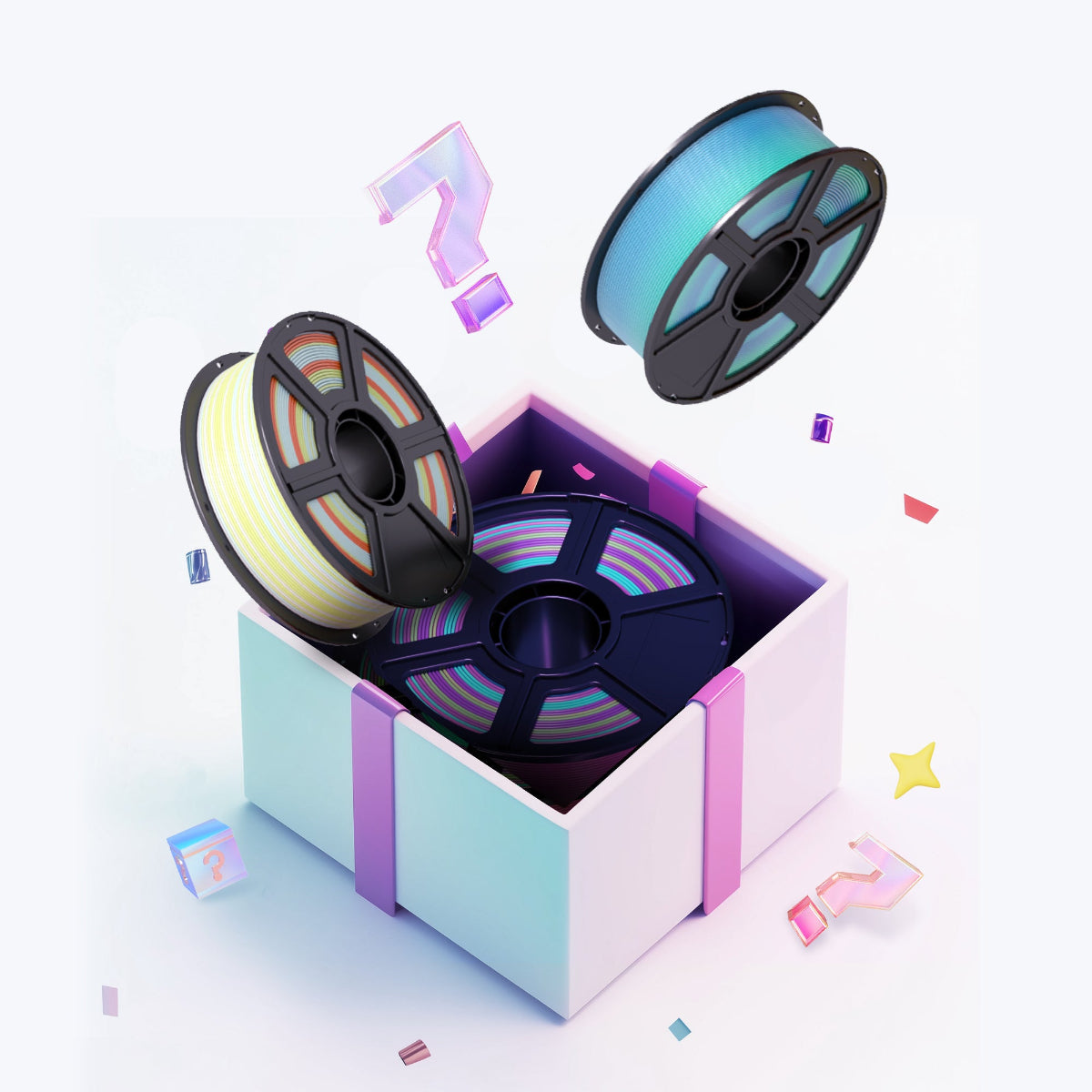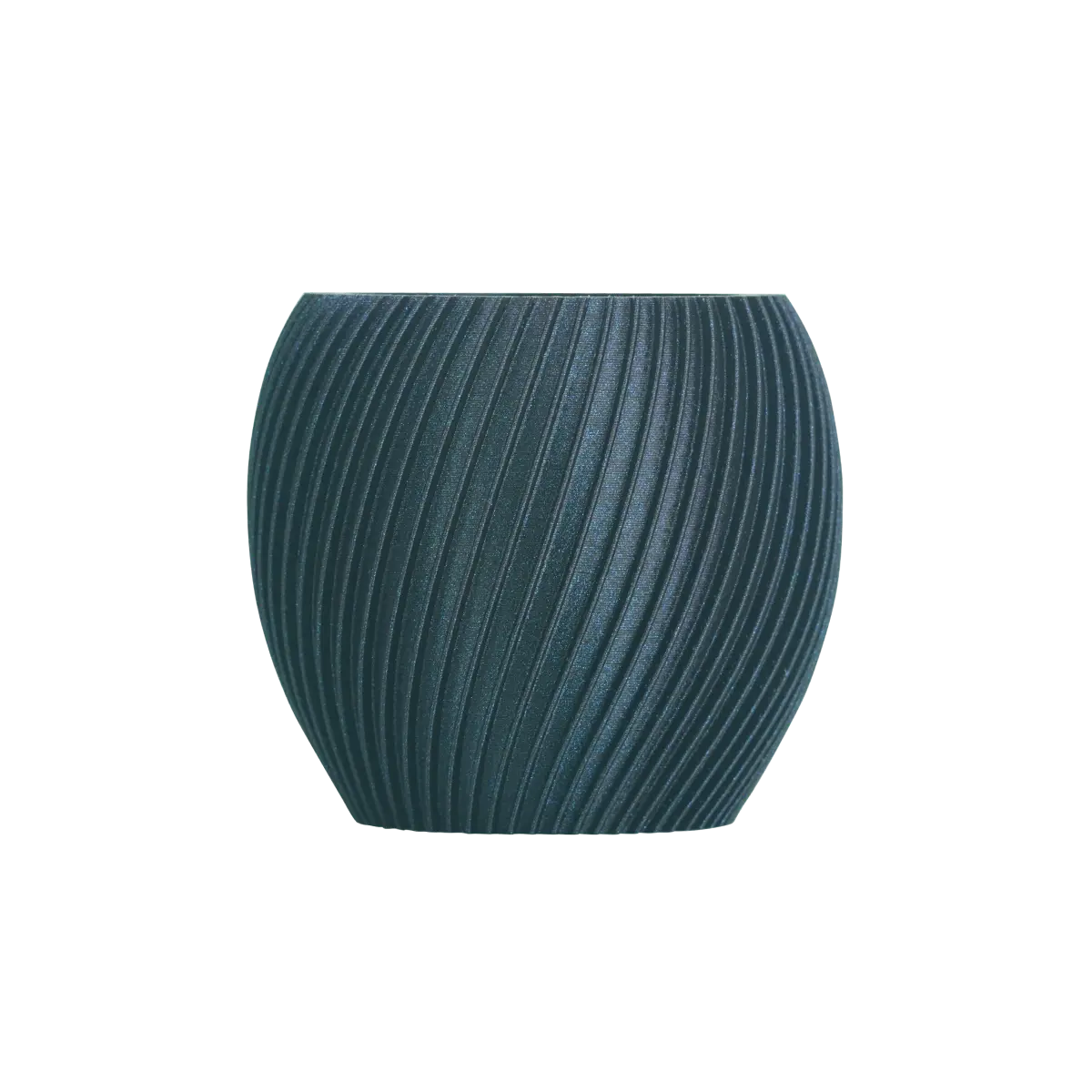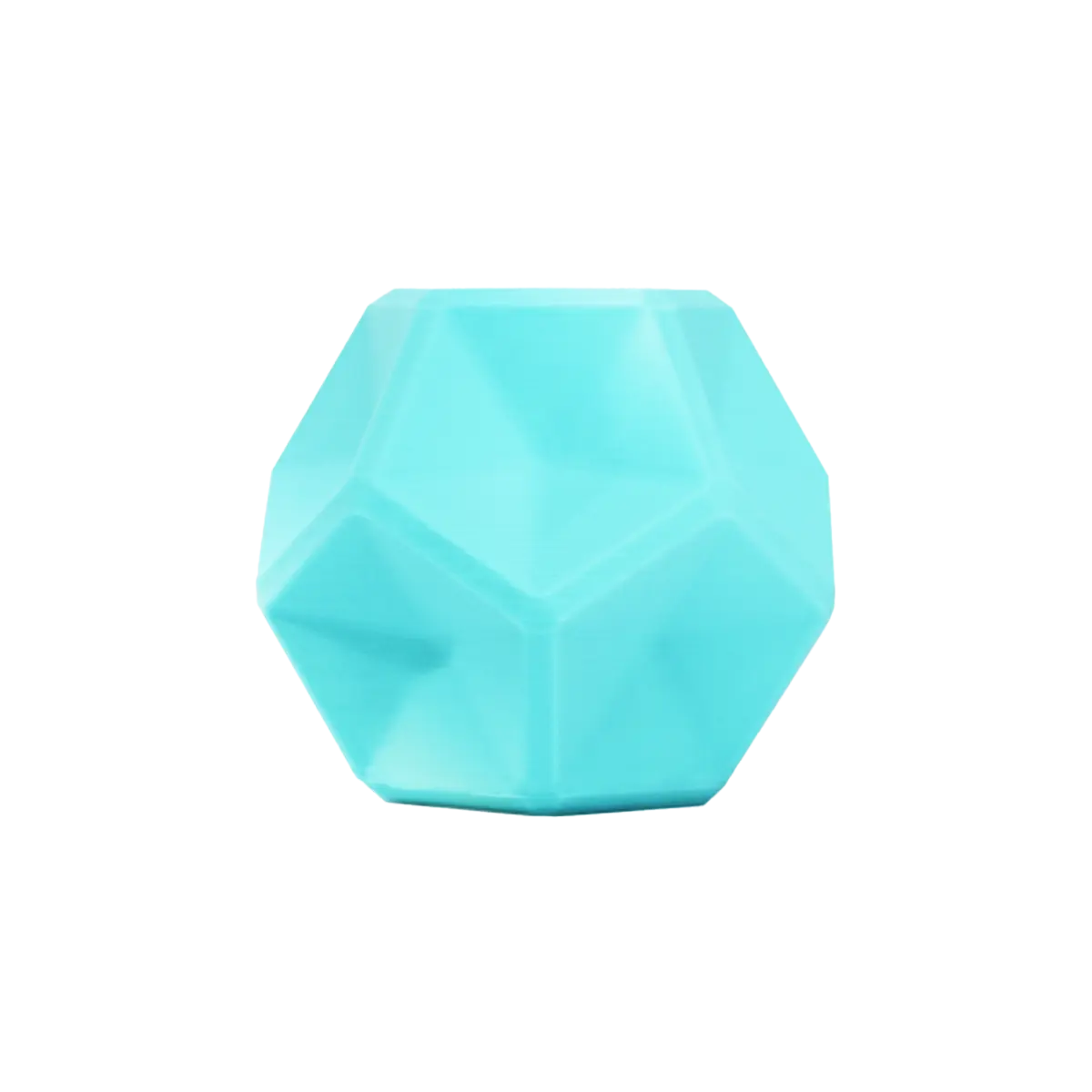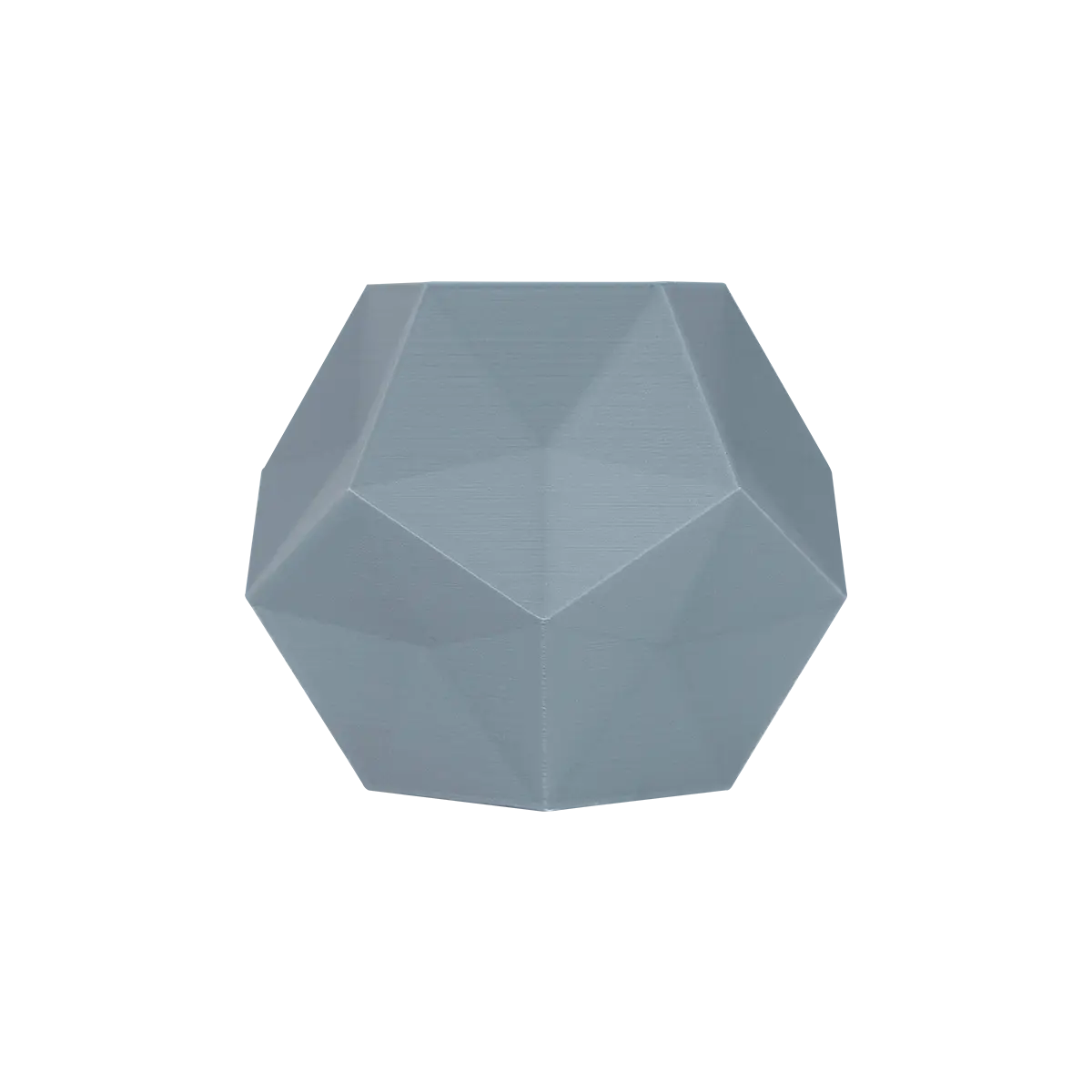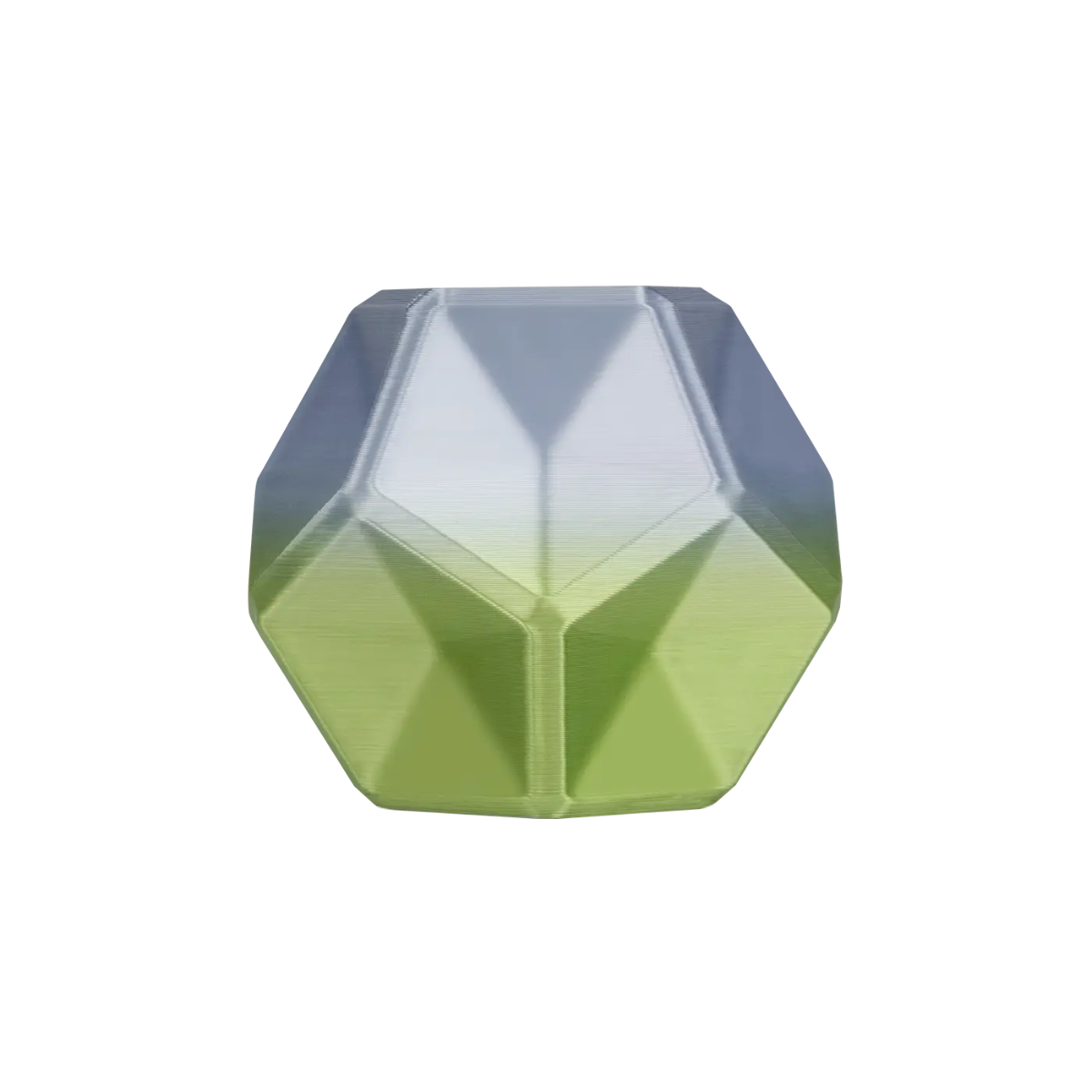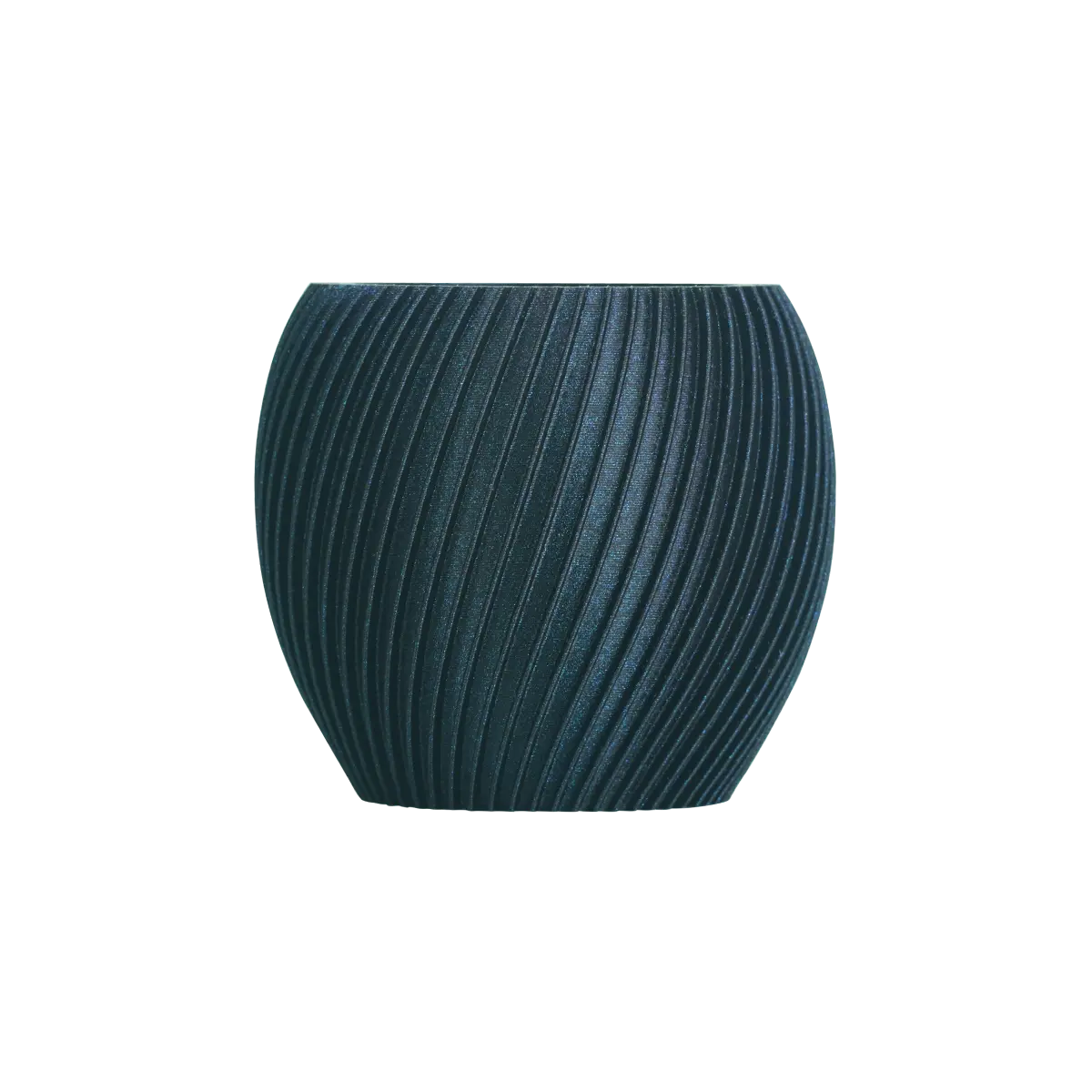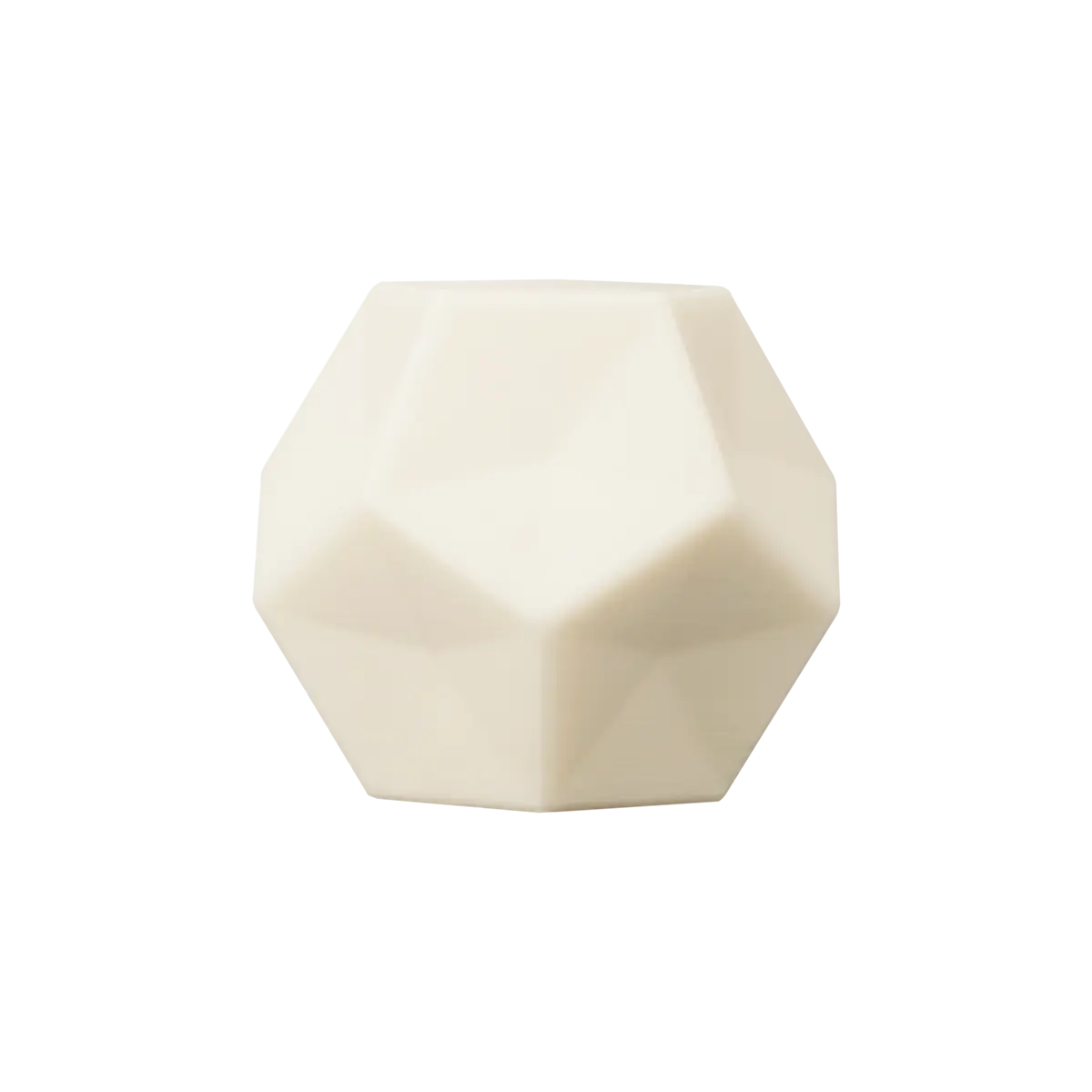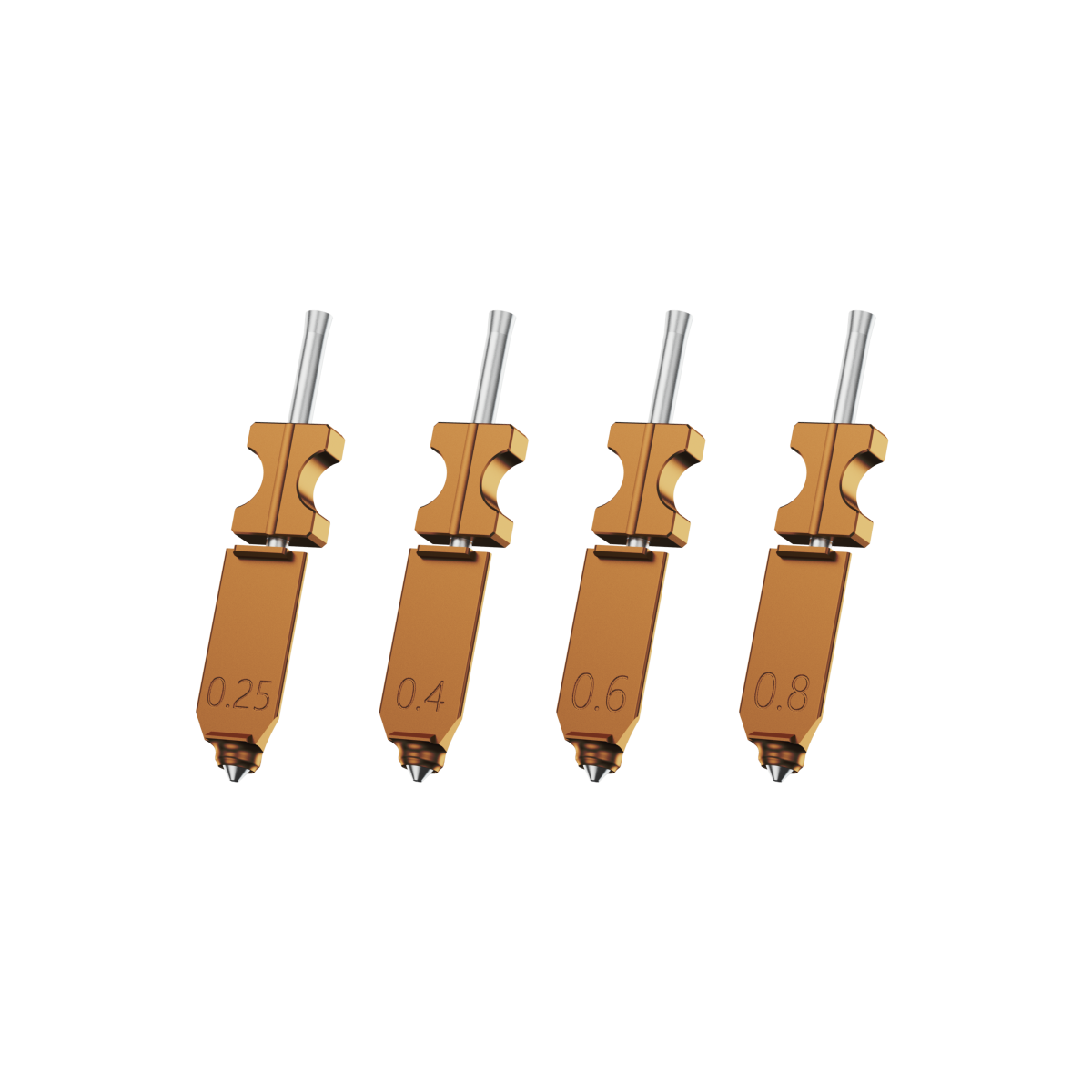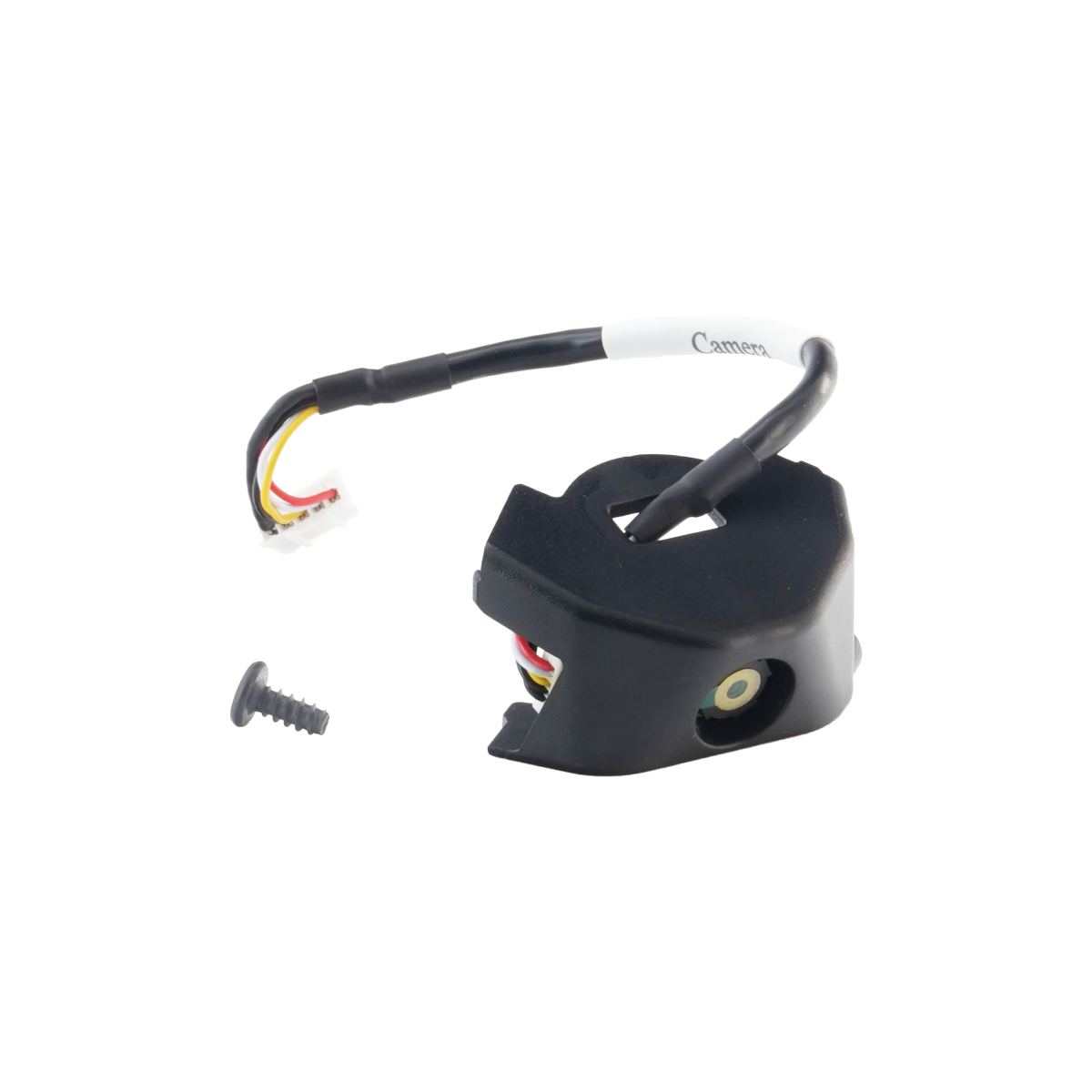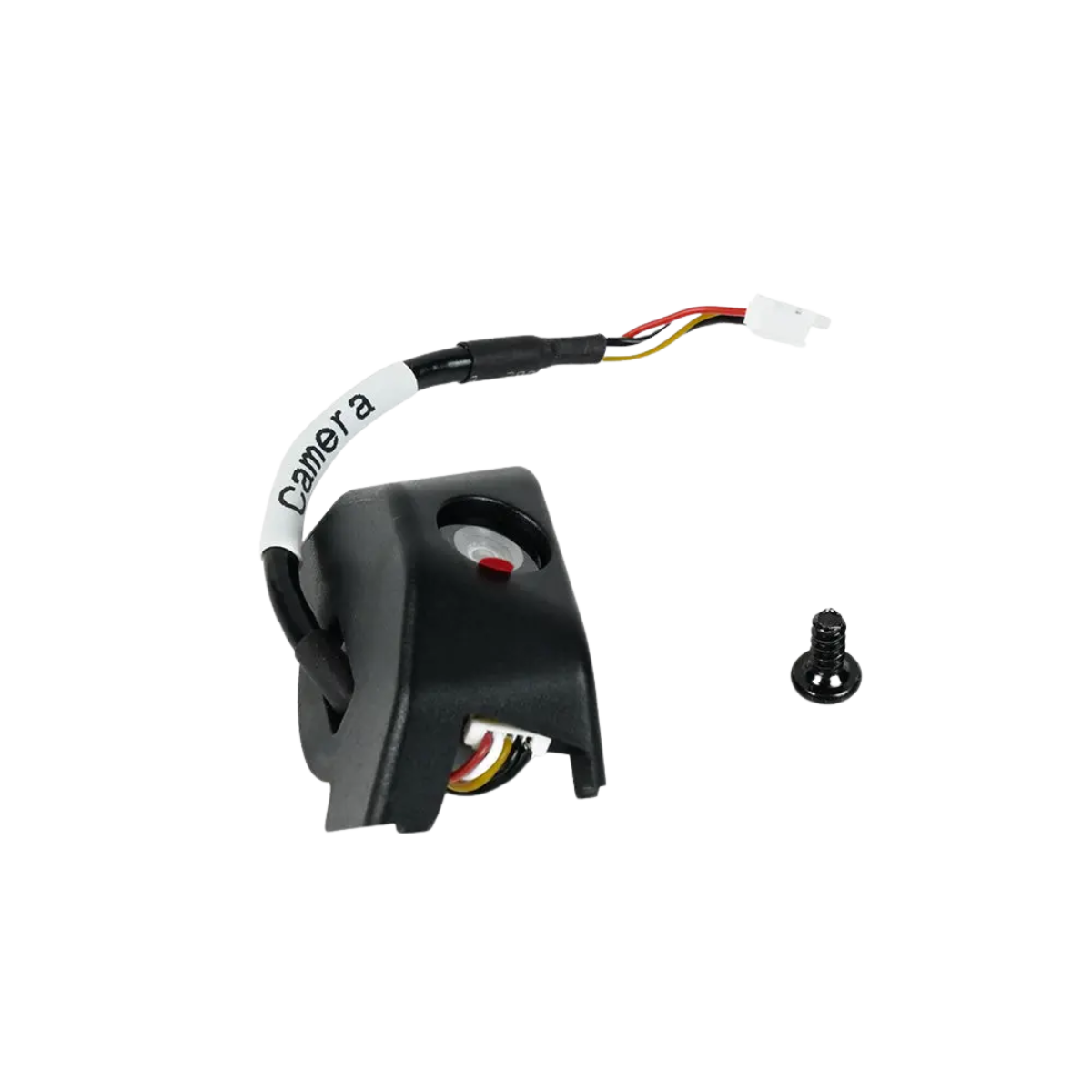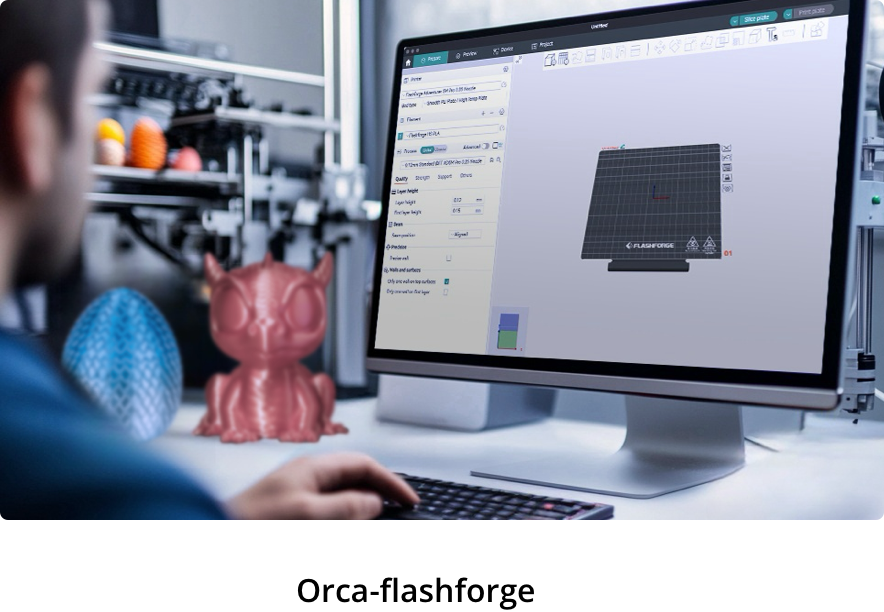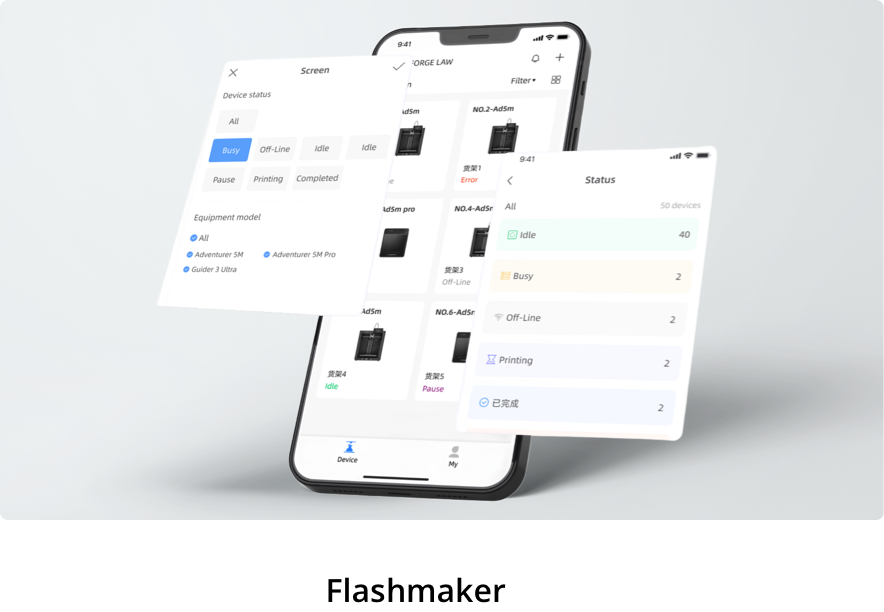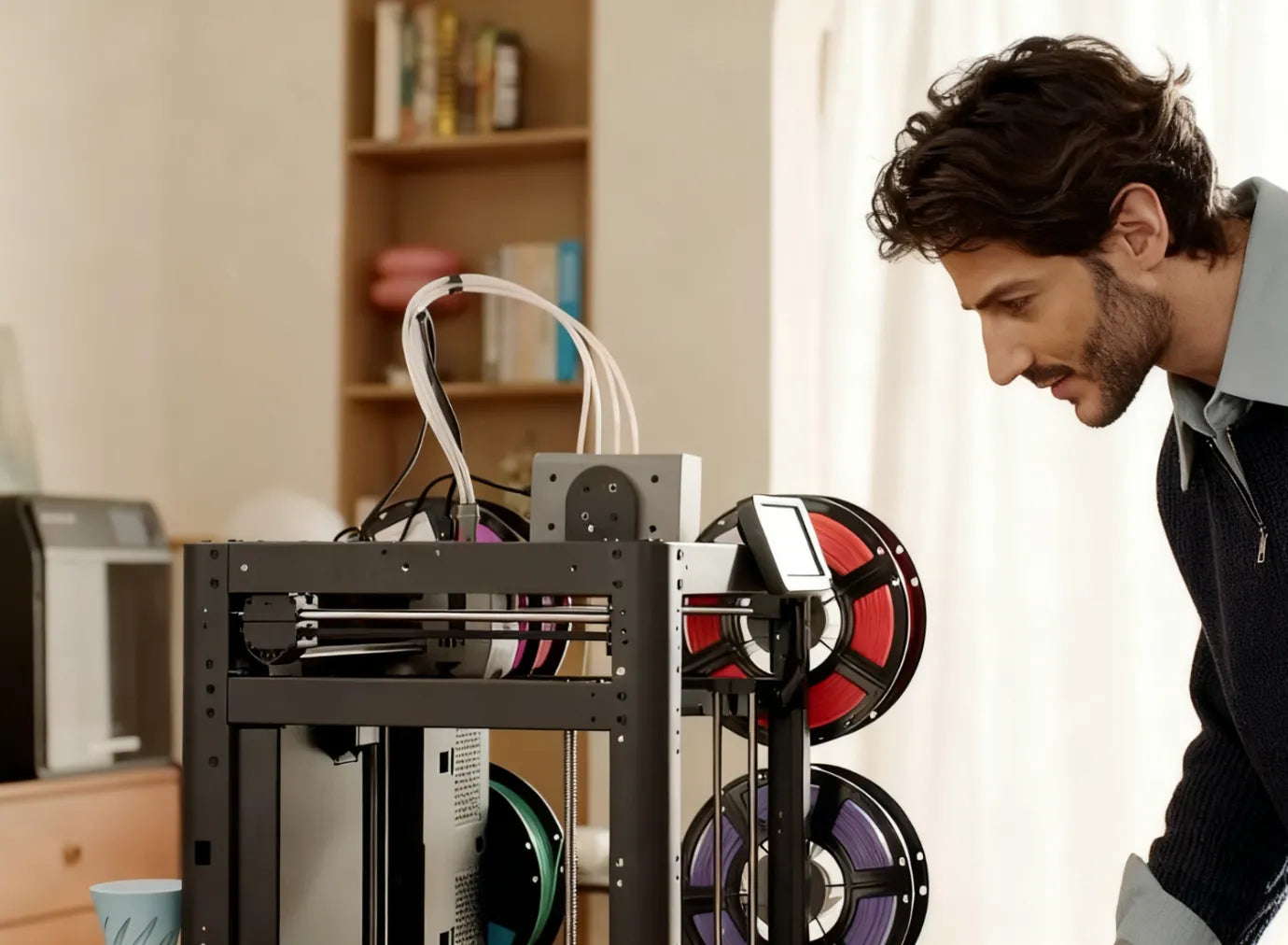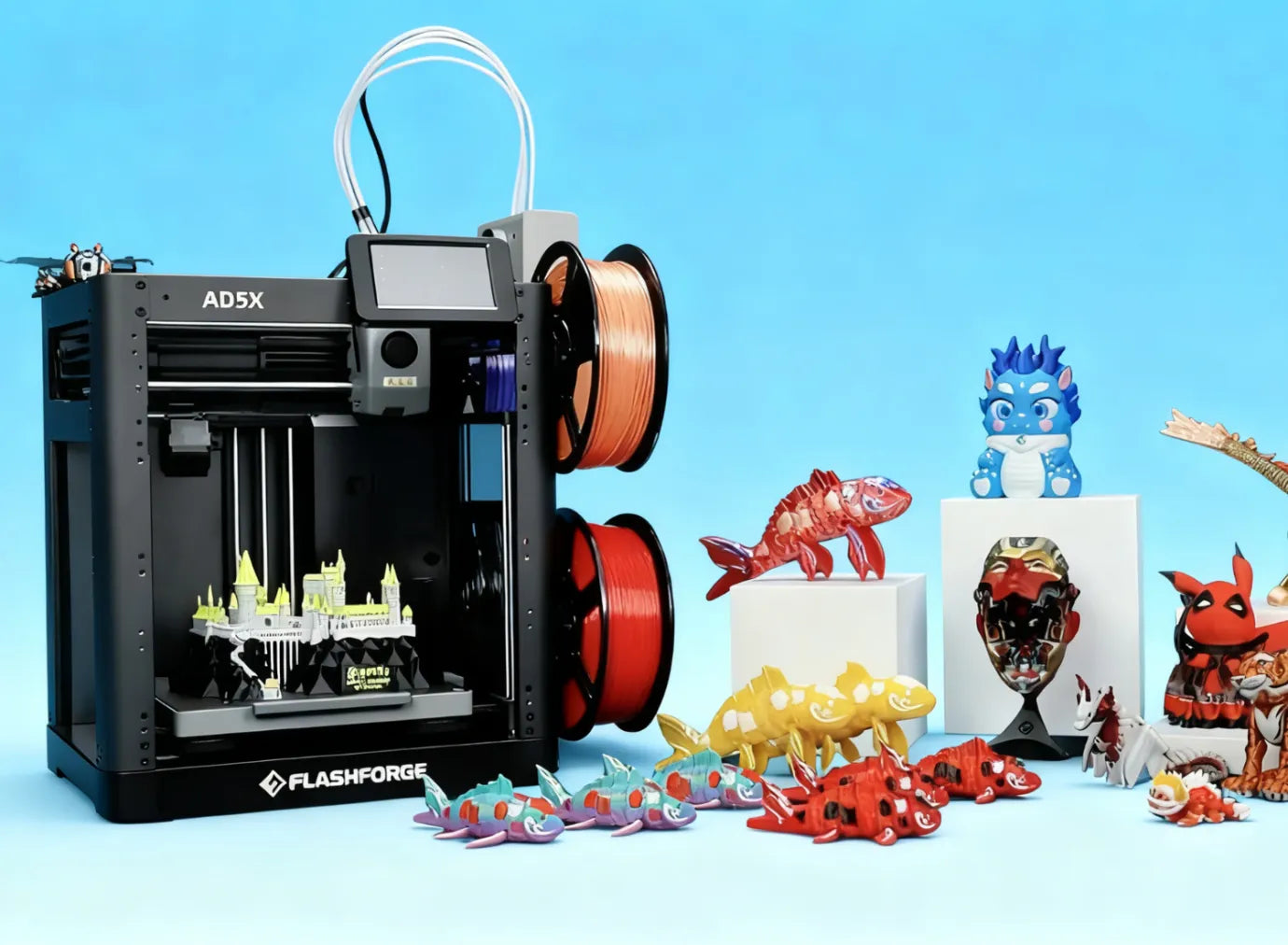3D printing has come a long way from being a niche hobby to becoming an indispensable tool for professionals in product design, manufacturing, architecture, and even education. Productivity and efficiency are the two most important factors for anyone working in additive manufacturing. That’s why more makers and businesses are seeking the Best Multicolor 3D Printer, a solution that combines precision with the ability to produce visually stunning, color-rich prints without the need for tedious post-processing.
In this guide, we will discuss multicolor 3D printing and its use to transform the workflow, and suggest to you the best multicolor 3D printer, based on its use and features. So without further ado, let’s get started.
How Multicolor FDM Printing Transforms Your Workflow
The ability to print in multiple colors directly within a single job is a game-changer. Multicolor FDM printers have become a luxury and time-saving productivity tool for professionals and hobbyists alike.
Eliminate Post-Processing: Save Hours of Painting and Assembly
Conventionally, having colorful or multi-material models required hours of painting or gluing pieces to one another. These procedures disappear with a multicolor 3D printer. Instead of spending days perfecting finishes, you can move straight from print to presentation or production. It not only shortens the delivery times but also enables teams to work on ensuring that designs are refined instead of focusing on manual labour.
Enhance Prototypes: Create Visually Stunning, Production-Quality Models
To designers, engineers, and product developers, looks are everything and nothing less. Multicolor 3D printing can also create realistic prototypes that appear to be finished products. Consider offering a prototype to a client that displays completed color schemes and branding, without needing extra steps. This feature assists in getting approvals quicker and shortens the design cycles.
Improve Clarity: Print Color-Coded Functional Parts, Jigs, and Fixtures
Transparency and structure are essential in the manufacturing industry. Color-coded parts can also be made in multicolor 3D printers to be used in assembly lines, training models, or education-related tools. Multicolor printing enhances communication, safety, and efficiency, whether it is to put emphasis on important parts of a jig or the distinction between mechanical parts.
The Top Multicolor 3D Printers for Professionals and Hobbyists
Nowadays, several options stand out for their performance, features, and reliability. Here are three leading contenders for the title of Best Multicolor 3D Printer.
-
Flashforge AD5X 3D Printer: The High-Speed, Versatile Challenger
The
Flashforge AD5X 3D printer is designed for users who need speed and flexibility without sacrificing quality. With its upgraded motion system, reliable direct-drive extruder, and smooth interface, it’s ideal for those who want to integrate multicolor printing into both professional and personal projects.
-
Bambu Lab X1-Carbon with AMS: The All-in-One Productivity Machine
Bambu Lab’s X1-Carbon, paired with its Automatic Material System (AMS), is a serious productivity booster. It can support up to four filaments, thus making printing multicolor or multimaterial easy. It has an AI-based tracking system, which allows the identification of mistakes during printing, which is why it is a good option when it comes to high-stakes work.
-
Prusa XL with Tool Changer: The Ultimate Multi-Material Powerhouse
The Prusa XL takes modularity to the next level with its tool changer system. Capable of handling multiple print heads, it can switch seamlessly between colors or materials. This makes it ideal for industrial-grade projects where versatility and scale are critical.
A Deep Dive: The Flashforge AD5X 3D Printer for Multicolor Prints
The Flashforge AD5X 3D printer for multicolor 3d printing is rapidly earning a reputation as one of the most capable and accessible multicolor printers. Built on a Core-XY architecture with intelligent multicolor support, it combines speed, precision, and flexibility for both professionals and hobbyists.
Key Features for High-Speed FDM Printing
What sets the AD5X apart is its balance of performance and usability. It comes with:
-
Core-XY motion system for high precision and reduced vibration
-
Capable of printing at speeds up to 300 mm/s (with 600 mm/s travel speed), ensuring smooth layer transitions and high-quality surface finishes.
-
8 GB storage and a dual-core MCU to operate more smoothly.
-
Compact, rigid frame (363 x 363 x 413 mm; 11 kg net weight)
-
Automatic one-click bed levelling for consistent first layers
-
Supports up to four filament spools with the Intelligent Filament System (IFS)
-
Filament run-out detection and power loss recovery for uninterrupted jobs
-
The Volume of the building is 220 x 220 x 220 mm, with versatile building sizes.
-
Nozzle temperature is 300 °C (PLA, PETG, TPU, and others)
-
The Heated bed is up to 110 °C with a PEI flexible steel sheet that can be removed easily.
These characteristics combined render the AD5X an efficient, fast, and reliable machine that is easy to install and maintain.
Evaluating Its Multicolour System for Professional Use
The AD5X can hold up to four filaments at once, allowing it to print multicolor or multimaterial films smoothly. Its advanced flushing algorithm ensures clean color transitions by efficiently purging the previous filament, making it excellent for producing vivid prototypes,
fidget toys, and educational tools. It also works with flexible TPU, unlike many of its competitors, providing increased creative opportunities to wearables and soft-touch devices.
The only trade-off is filament waste during color changes. While necessary for sharp color boundaries, purge material can add to costs, something users should plan for when running large, multicolor jobs.
Is Flashforge AD5X Right for Your 3D Printing Workflow?
The AD5X is a remarkable balance for any person who wants the best multicolor 3D Printer to increase their productivity. It delivers high-speed operation, multicolor printing capability, and compatibility with common
filaments like
PLA 3D filament, PETG, and TPU at a competitive price point.
However, among designers, educators, and small-scale businesses aiming to reduce post-processing time and print vibrant and functional items, the multicolor 3D printer Flashforge AD5X will be an excellent option.
How to Choose the Best Multicolor 3D Printer
Multicolor printers are not made equal. These are the important considerations to make in order to select the appropriate one for your workflow.
AMS vs. IDEX vs. Tool Changers
AMS (Automatic Material System): This is the one users prefer when they want to easily change the filament in a completely automated way.
IDEX (Independent Dual Extruder): Permits two nozzles to be used independently, to achieve actual multi-material and multi-color printing without having to run excess filament.
Tool Changers: Ideal in a professional setting when it must be as flexible as possible, and entire extruders may be changed to alternate colors or materials.
Knowledge of these differences will help you select a machine that will match your unique needs.
Material Compatibility: Printing with More Than Just Different Colors
There are printers that are compatible with a large variety of filaments- PLA, ABS, TPU, and nylon. When your workflow needs functional and visual prototypes, find printers that can use high-strength and flexible material and still provide a range of colors.
Filament Waste and Purging: The Hidden Cost of Multicolor Printing
Wastage of filament is one of the typical problems in multicolor 3D printing. Most systems that change colors discard unused material, and this may cost more in the long run. Assessing the efficiency of a printer in terms of waste will help to conserve money and make your process more environmentally friendly.
FAQ
What are the limitations of multicolor 3D printers?
The main limitations are:
-
Filament Waste: Material is purged during color changes, increasing cost.
-
Slower Print Times: The process of switching filaments adds to the total print duration.
-
Increased Complexity: More moving parts can lead to more potential maintenance issues like filament jams.
Is multicolor 3D printing easy to learn?
Yes, it is much easier now. Modern software makes assigning colors as simple as digital painting, and the printer handles the complex filament switching automatically. Beginners can get great results very quickly.
What is the best multicolor 3D printer for beginners?
The best choice for a beginner is a printer with an Integrated Filament System. 3D printers like the Flashforge AD5X with IFS are ideal because they are designed to work seamlessly out of the box, automating the entire color-changing process for you.
Conclusion: Choosing the Best Multicolor 3D Printer
As businesses and
makers continue to demand faster, more efficient solutions, the search for the Best M

ulticolor 3D Printer is more relevant than ever. These machines aren’t just about aesthetics; they’re about eliminating post-processing, improving clarity, and producing professional-quality prototypes in record time.
With the general-purpose Flashforge AD5X and the performance offerings of Bambu Lab and Prusa, the modern market can provide the solution for any workflow. The Flashforge AD5X can be a very attractive option to anyone who cares about affordability, speed, and advanced functionality, as it is capable of increasing productivity at the threshold of the future.



 ulticolor 3D Printer is more relevant than ever. These machines aren’t just about aesthetics; they’re about eliminating post-processing, improving clarity, and producing professional-quality prototypes in record time.
ulticolor 3D Printer is more relevant than ever. These machines aren’t just about aesthetics; they’re about eliminating post-processing, improving clarity, and producing professional-quality prototypes in record time.
